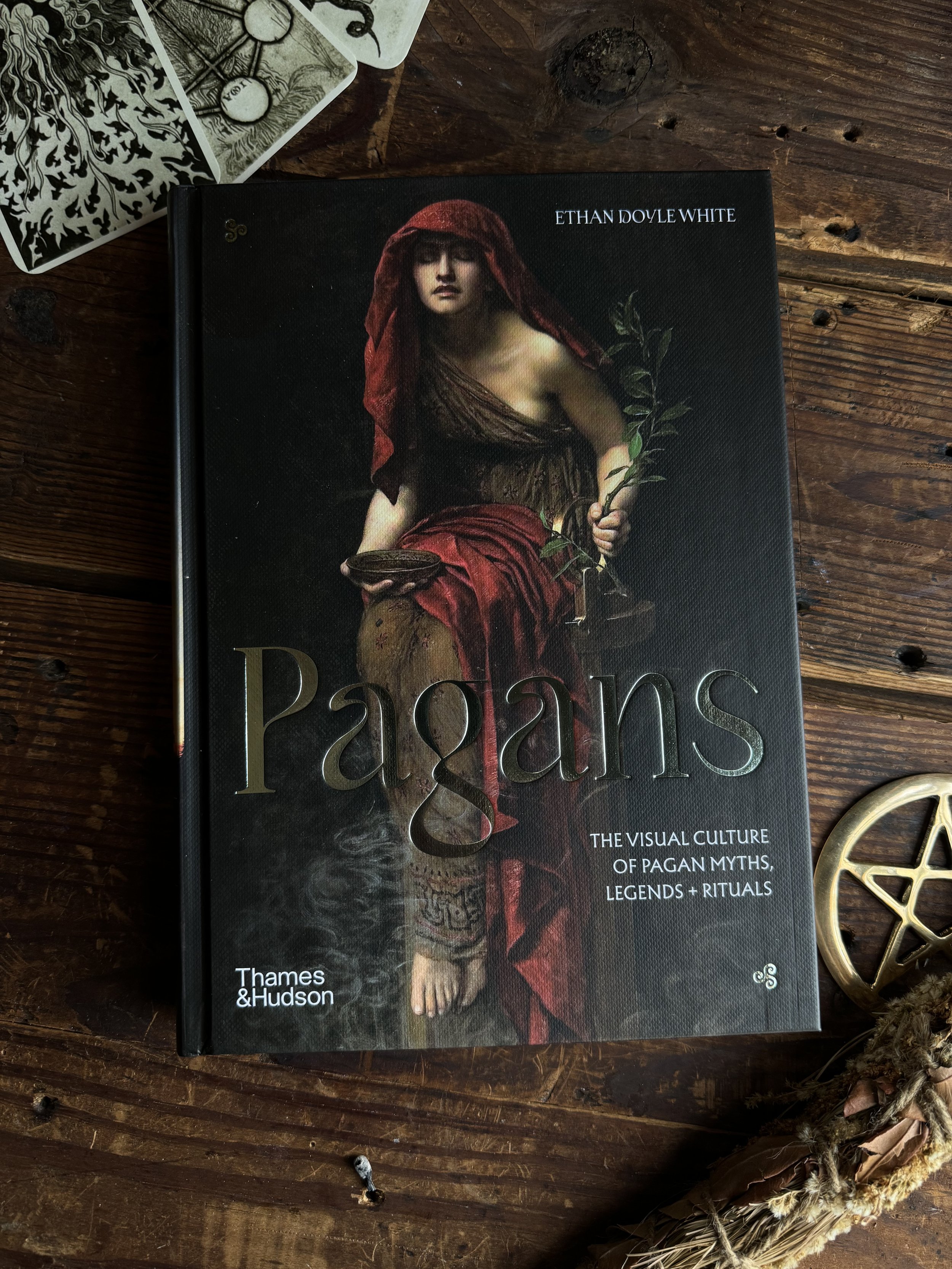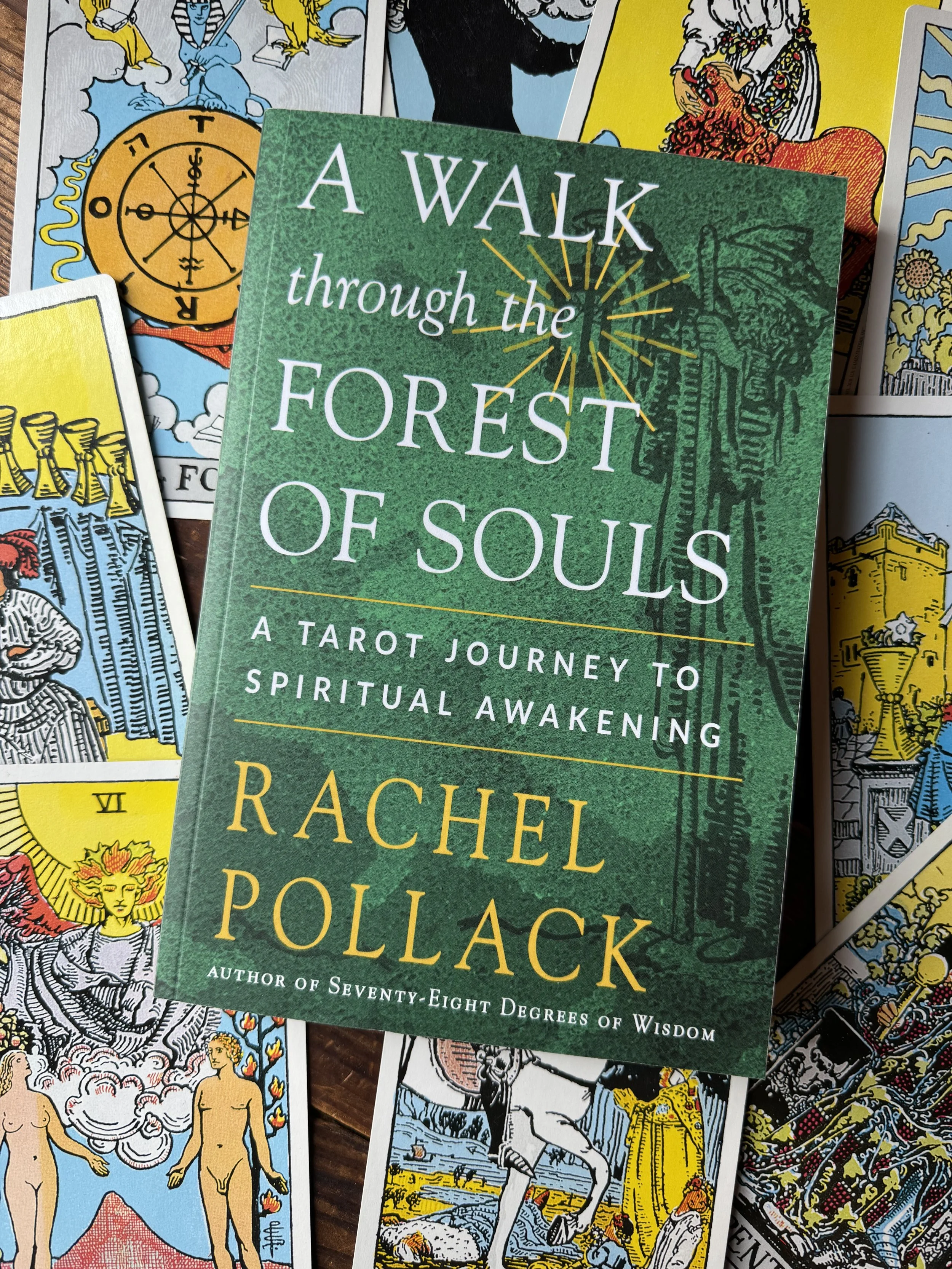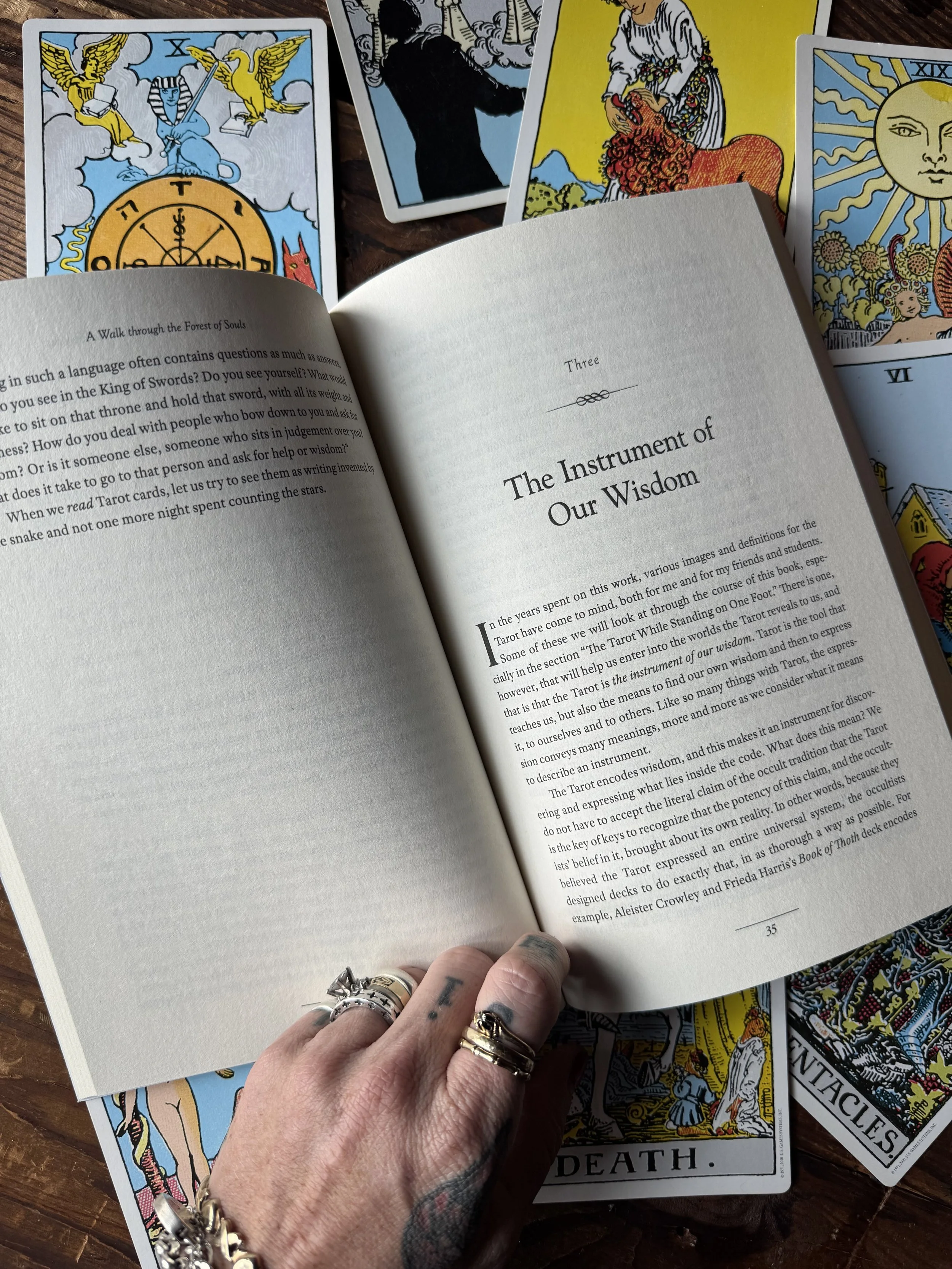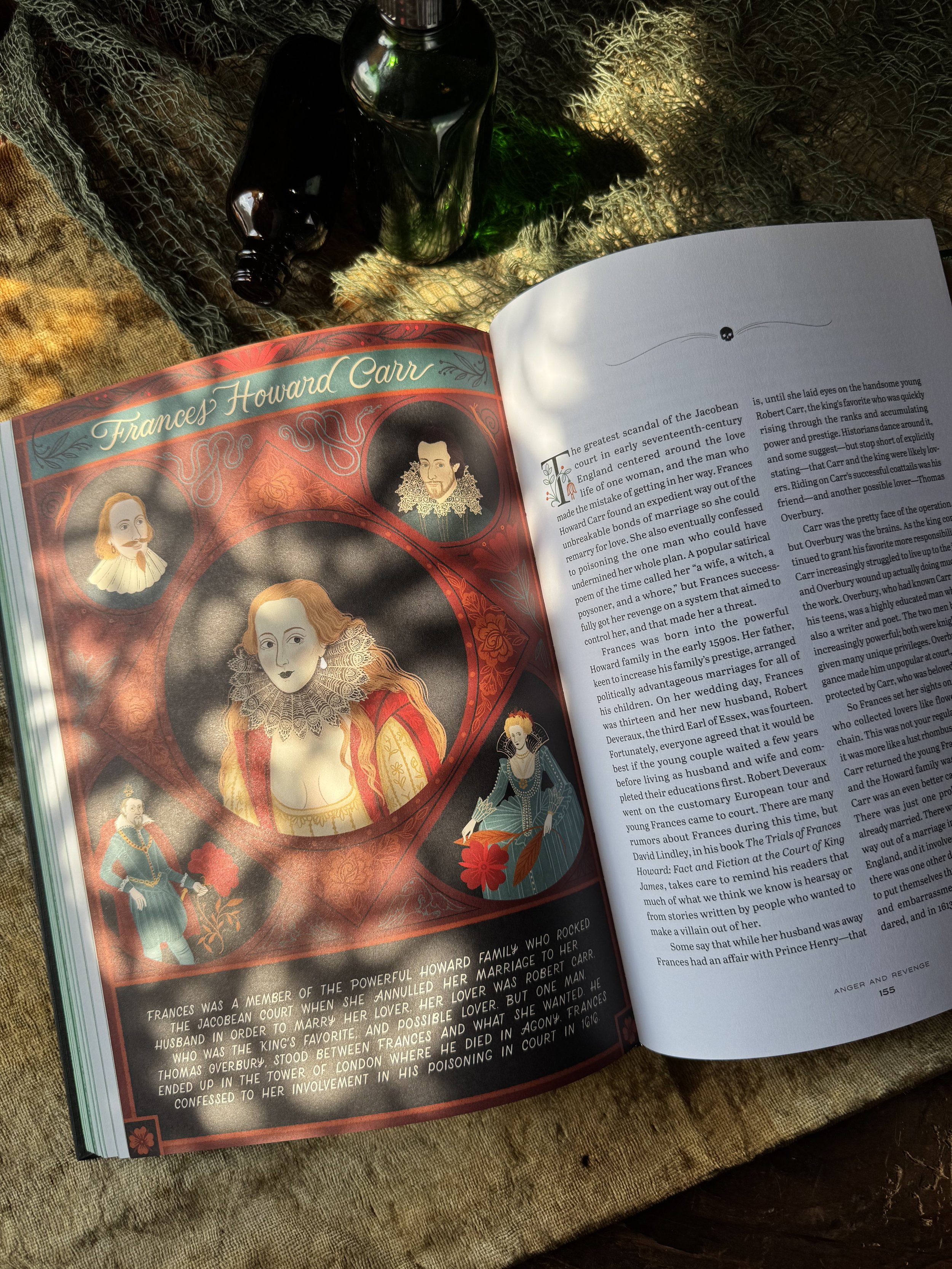 Image 1 of 3
Image 1 of 3

 Image 2 of 3
Image 2 of 3

 Image 3 of 3
Image 3 of 3




Pagans: The Visual Culture of Pagan Myths, Legends and Rituals
A fascinating, clear, and detailed historical analysis of the eclectic and beautiful visual and material culture of paganism.
For more than a thousand years, a diverse range of peoples, from Ireland to India and from the Andes to Australia, have been labelled "Pagan" by the Christians who encountered them. Since the twentieth century new groups have emerged―wiccans, druids, neo-shamans, and heathens―who openly call themselves Pagans. But who are these Pagans and what do they believe? Which gods and goddesses do they revere? Do they worship nature? Do they practise divination and magic?
From sacred plants imbued with supernatural powers to hand-carved amulets that repel evil, and from mischievous spirits of nature to holy mountains, Pagans find divine value in the natural world and spiritual significance in the material universe. Delve within these pages and examine the myriad paintings and sculptures, shrines and ceremonial objects that reveal the stories, symbols, and rituals of Paganism.
Recognizing paganism helps promote respect for different ways of life. gain insight into the religious practices of past civilizations and their influence in modern culture, festivals, and traditions.
A fascinating, clear, and detailed historical analysis of the eclectic and beautiful visual and material culture of paganism.
For more than a thousand years, a diverse range of peoples, from Ireland to India and from the Andes to Australia, have been labelled "Pagan" by the Christians who encountered them. Since the twentieth century new groups have emerged―wiccans, druids, neo-shamans, and heathens―who openly call themselves Pagans. But who are these Pagans and what do they believe? Which gods and goddesses do they revere? Do they worship nature? Do they practise divination and magic?
From sacred plants imbued with supernatural powers to hand-carved amulets that repel evil, and from mischievous spirits of nature to holy mountains, Pagans find divine value in the natural world and spiritual significance in the material universe. Delve within these pages and examine the myriad paintings and sculptures, shrines and ceremonial objects that reveal the stories, symbols, and rituals of Paganism.
Recognizing paganism helps promote respect for different ways of life. gain insight into the religious practices of past civilizations and their influence in modern culture, festivals, and traditions.














